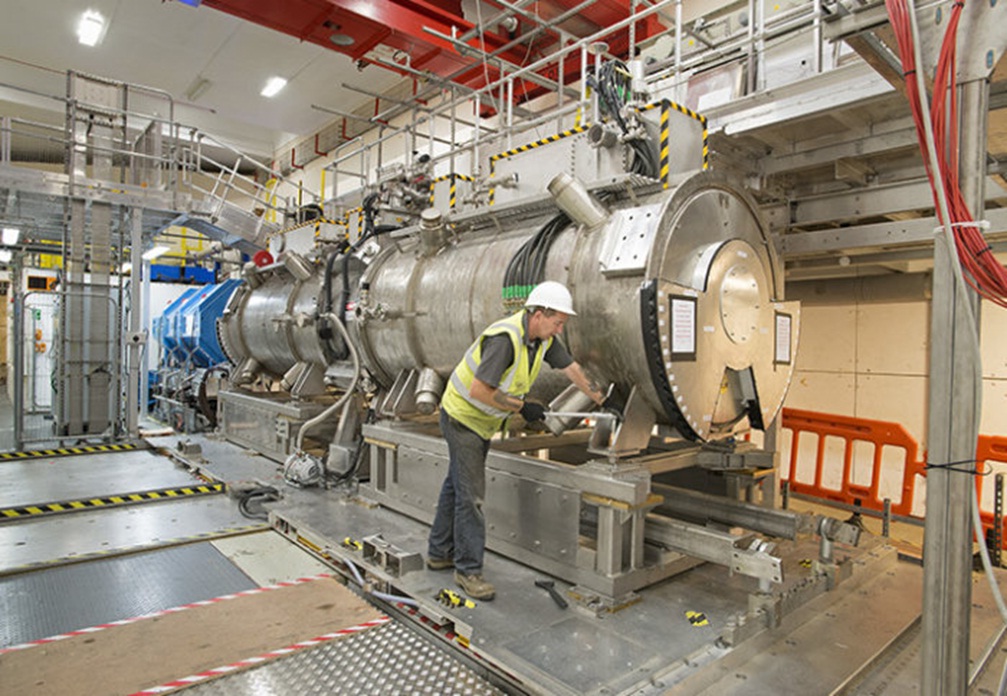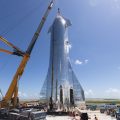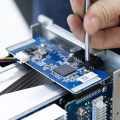
An international team of researchers has successfully tested key technology to create the next-generation high-energy particle accelerator.
Particle accelerators are used to determine the composition of matter in colliders, measure the chemical structure of substances, treat cancer, and make silicon microchips.Until now, they have been used to accelerate protons, electrons and ions, but recently a group of physicists conducted an experimentto create a beam of muons, which will make it possible to achieve the energy of the colliding particles ten times greater than in theLarge Hadron Collider.
To do this, scientists first shoot a beam of protons at the target, which breaks them into fragments, among which there are muons. Next, they are separatedfrom other particles and pass through a series of magnetic lenses.However, the collected muons form a scattered cloud, so the chances are that they will collide with each other when accelerating and causeinteresting physical phenomena remain low.
To reduce the diffusion of the cloud , a process called beam cooling is used, which involves muons approaching each other and moving in the same direction.The problem is that until now, porous magnetic lenses could only bring muons closer together or make them move in the same direction, but not both functions at the same time.
Physicists solved this problem by cooling the muons and passing them through specially designed energy-absorbing materials when the beam was very tightly focused by powerful superconducting magnetic lenses.
After compaction of the cloud of muons, they can be dispersed using a conventional particle accelerator. In addition, cold muons can be slowed down, which allows the study of their decay products.
Previously, we also reported that physicists are one step closer to creating a gamma laser.
</p>




